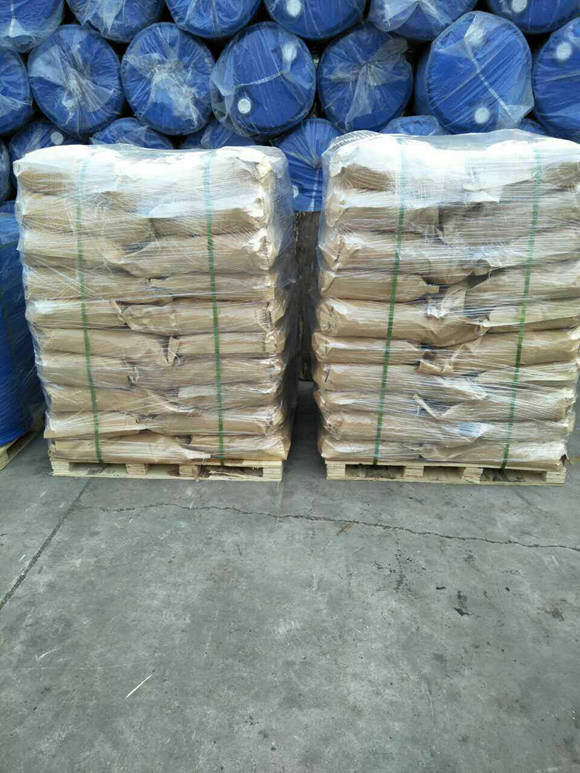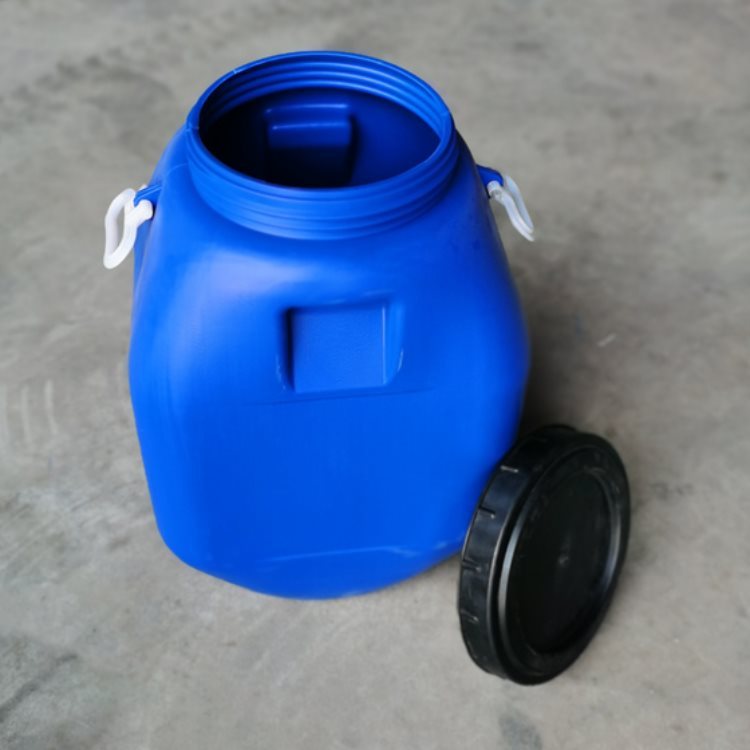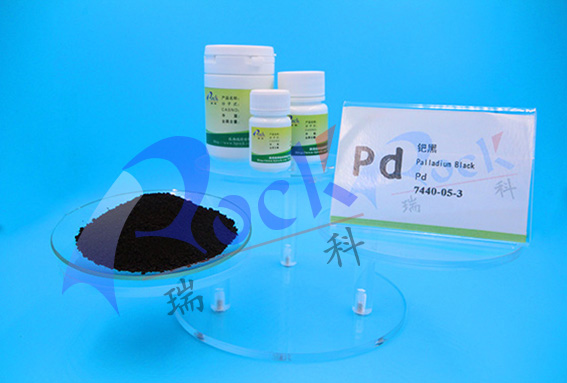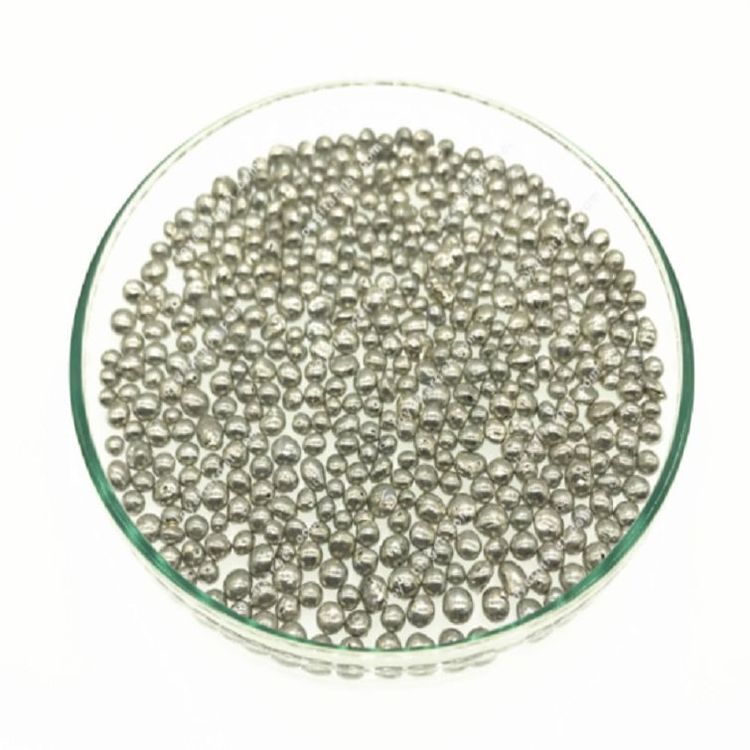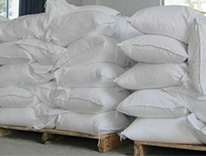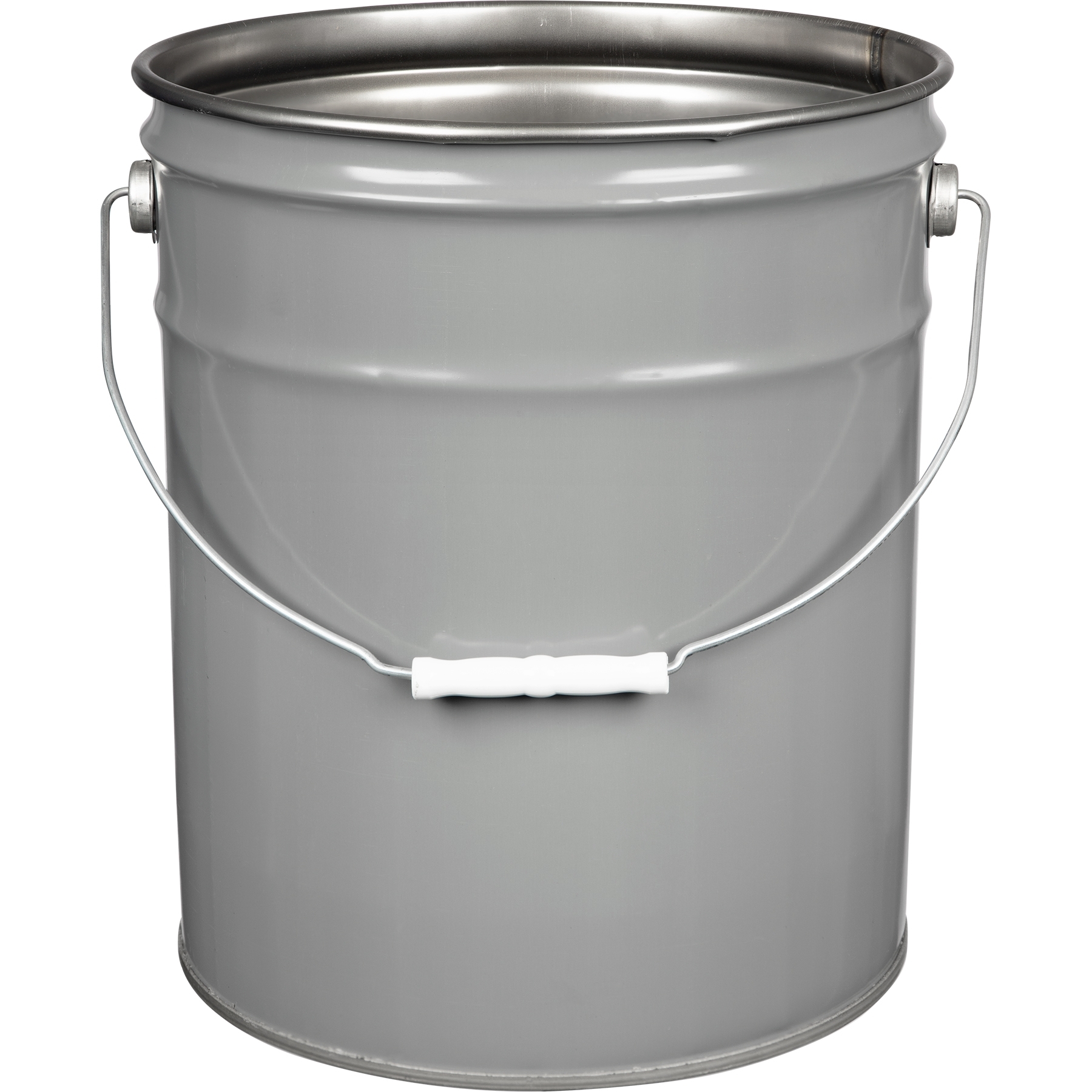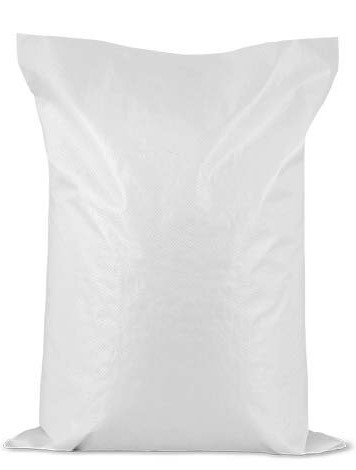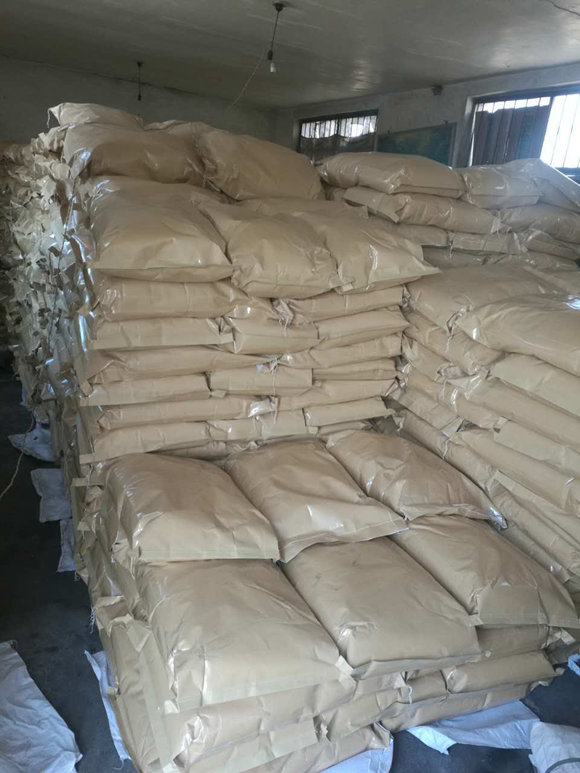Alias
More Information
Nickel Atom; Ni; Raney Nickle
Brief Introduction
Nickel is located in group 10 (VIII) and is the third element in the special triples (Fe, Co, Ni) of the first series of transition elements. Nickel is a hard, silvery white, malleable metal block or gray powder. Nickel powder is pyrophoric and can spontaneously ignite. It may react violently with titanium, ammonium nitrate, potassium perchlorate and hydrodicarboxylic acid. It is incompatible with acids, oxidants and sulfur. The chemical and physical properties of nickel, especially its magnetism, are similar to those of iron and cobalt. Some acids attack nickel, but it also provides good protection against air and sea water corrosion. This makes it very suitable for electroplating other metals to form a protective coating. Nickel is also an excellent alloy metal, especially iron, which can be used to make stainless steel and protective armor for military vehicles. It is extensible and can be drawn into lines. About a pound of nickel metal can be pulled to about 200 miles of thin wire.
Suppliers
View More Vendors (2) >
CAS:7440-05-3
Molecular Formula:Pd
Alias
More Information
Palladium; Palladium Powder; Pd; Palladium on Barium Sulfate; Palladium on Calcium Carbonate; Palladium on Alumina; Palladium on Charcoal; Palladium-Activated Carbon; Palladium Charcoal
Brief Introduction
It is mainly used for thick film paste in electronic industry and inner and outer electrode materials of multilayer ceramic capacitors; It is also used in the manufacture of dental materials, watches and surgical instruments; Used for preparing catalysts (palladium coated asbestos, sponge palladium, etc.), low current contact points, printed circuits, alloys for clocks and watches, etc; Used for electrical instruments, precision alloys, etc; Electrical instruments, chemical industry and manufacturing precision alloys.
Suppliers
View More Vendors (2) >
Alias
More Information
Wang; Stanum; Estano; Zinn; Tinwang; Tin Powder; TIN; Tin Bar; Stannum; 50Sn; Tin wire; Organotin
Brief Introduction
Tin is one of the earliest metals used by mankind and one of the most widely used metals in industry. It has the excellent characteristics of soft texture, low melting point, strong expansibility, strong plasticity and non toxicity. It is mainly used in the manufacture of solder, tinplate, alloy, chemical products and so on. It is widely used in electronics, information, electrical appliances, chemical industry, metallurgy, building materials, machinery, food packaging, atomic energy and aerospace industry.
Suppliers
View More Vendors (2) >
Alias
More Information
Chromium Metal; Chrome; Chrom; Cromo; Cr; Chromium Powder 99.9%; Chromium atom
Brief Introduction
Chromium is a silvery white shiny metal. Pure chromium has ductility. Chromium containing impurities is hard and brittle. Density 7.20g/cm3. Soluble in strong alkali solution. Chromium has high corrosion resistance and oxidizes slowly in the air, even in the red hot state. Insoluble in water. Plating on metal can play a protective role.
Suppliers
View More Vendors (2) >
CAS:7440-48-4
Molecular Formula:Co
Alias
More Information
Co Standard; Cobalt-59; Mattcobalt; Supercobalt; Raney Cobalt; Aquacat; Cobalt; Cobalt Oxide; Kobalt; Cobalt Wire; Cobalt Slug; Cobalt Rod; Cobalt Sputtering Target; Cobalt Foil; Cobalt Powder
Brief Introduction
Cobalt is a silver gray brittle and hard metal. It has no smell at room temperature, no steam pressure and is insoluble in water, except for ultra-fine water-soluble cobalt powder. It is stable in the air, but chemically reacts with dilute acids. It is a non-volatile metal. The demand for cobalt is small and important to maintain life.
Suppliers
View More Vendors (2) >
Inquiry (
10
/ 10
)
Clear All
Sign In
Error!

